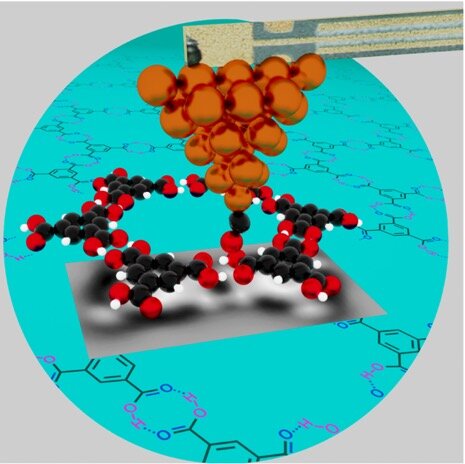MolaKule
Staff member
"..By connecting atomic-scale models to the AFM imaging experiments, we can understand fundamental chemical features in the images," said Hybertsen.
"This capability may help us identify critical molecule properties, including reactivity and stability, in complex mixtures (such as petroleum) based on HR-AFM images," added Zahl..."

 phys.org
phys.org
"This capability may help us identify critical molecule properties, including reactivity and stability, in complex mixtures (such as petroleum) based on HR-AFM images," added Zahl..."

Imaging the chemical fingerprints of molecules
Flip through any chemistry textbook and you'll see drawings of the chemical structure of molecules—where individual atoms are arranged in space and how they're chemically bonded to each other. For decades, chemists could only indirectly determine chemical structures based on the response...
